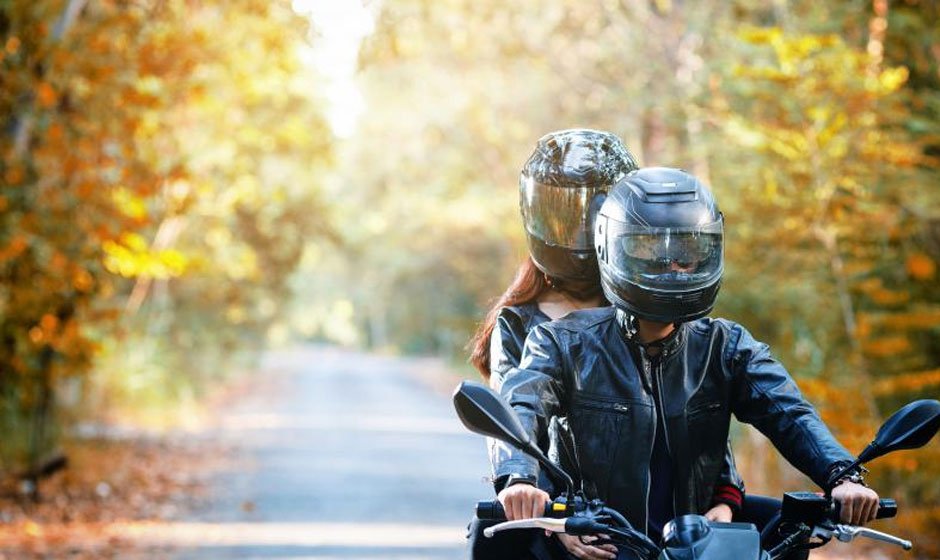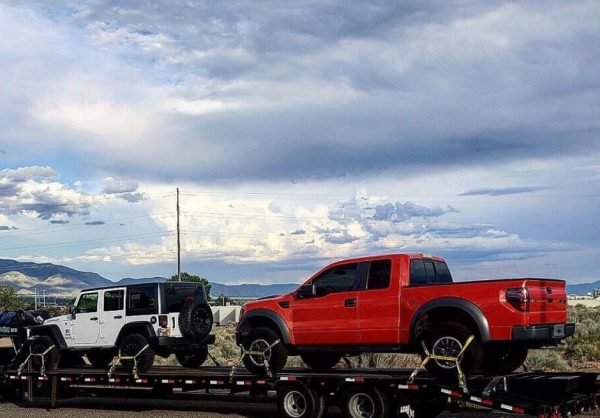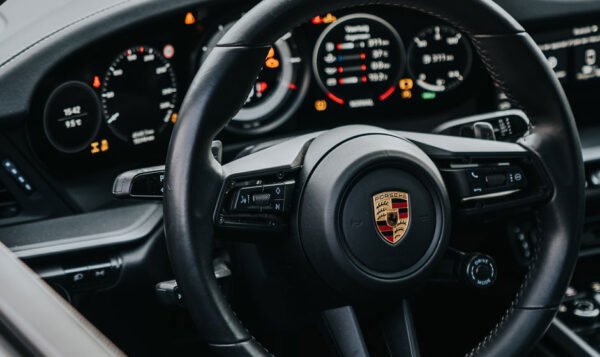How to Stay Safe When Riding on a Motorbike

Motorbikes provide a quick and easy way to navigate the roads. They are cheaper to purchase, operate, and store than cars or vans and offer an exhilarating way to travel to various destinations.
Despite being easier, cheaper, and more exciting than driving a car, riding a motorbike also comes with its disadvantages. Generally, riding a motorcycle carries a higher risk of injury than being in a fully-enclosed vehicle. You must take several more steps to keep yourself safe on a bike and rely on great weather for an enjoyable ride.
If you end up in a road traffic accident while riding your motorbike on the roads, and it isn’t your fault, you must contact one of the expert Lamber Goodnow motorcycle injury lawyers in your area. You may be entitled to compensation, and an injury lawyer will guide you through filing a claim to gain justice for your injuries and damages. They can also provide legal tips to maximize your settlement.
Here are some top safety tips for motorcyclists to avoid road traffic accidents and injuries.
Always Wear a Helmet
As simple as it sounds, wearing a helmet could save your life in the event of a road traffic collision. If you’re thrown off your motorcycle during an accident, a hard helmet will protect your brain and skull from extensive damage, potentially saving your life.
Wearing a helmet when riding a motorcycle is mandatory by law. Failing to wear one could lead to fines, loss of your license, and even prosecution.
Make sure your helmet fits properly onto your head, with very little room to move around. It should be comfortable but tight enough to provide adequate protection, and it should not obstruct your eyes in any way.
Get Yearly Motorcycle Checks
As with cars and vans, it’s a legal requirement to get your motorcycle professionally checked over at least once every year. Doing so ensures your bike is running correctly and won’t cause any safety hazards.
Even minor faults can cause accidents, injuries, and fatalities. It’s your responsibility to ensure that all faults, major or minor, are fixed promptly to maintain your safety and other people’s safety at all times.
Keep Yourself Warm with Protective Clothing
Protective clothing plays a vital role in your safety when riding on a motorcycle. Alongside your hard helmet, you’ll also need the following to provide full-body protection during a ride:
- A thick leather jacket to keep you warm and safe from rain and wind
- Leather pants to keep your legs warm
- Riding boots that enable you to get a good grip on your bike pedals
- Leather gloves to keep your hands warm and enable you to get a solid grip on the handles of your bike
Although most motorcycle gear is made out of leather, you can get vegan versions nowadays that are just as protective. You might end up spending a few hundred dollars or pounds on your motorcycle gear, but it’s worth spending the money to maximize your road safety.
Practice Proper Road Safety
All of the things that you learned during your motorcycle lessons in order to pass your test and gain your license still apply when you’re a qualified rider. Although you might forget some of the things you were taught if you passed your test a while ago, you must make a conscious effort to keep your knowledge fresh.
Road safety is essential at all times, not just to pass your test and obtain your license! You should use your indicators when turning, and check your mirrors before setting off from a stationary position, breaking, or performing a maneuvre.
You must always be aware of your surroundings and take extra caution when riding in pedestrian-heavy areas. Of course, it’s also essential that you follow the speed limit of the road on which you’re riding. As tempting as you might find it to speed when nobody is around, it’s not worth the risk!
Avoid Riding in Torrential Rainfall or Snowfall
Motorcycle safety is largely dependent on the weather conditions. You must always check the weather before you head out on your bike to ensure it’s safe enough for you to ride.
If there is torrential rainfall or snowfall, or heavy winds during the time that you plan on riding, there is a much higher risk of accidents and injuries. In these cases, it’s best to find an alternative method of transportation. Although this might be inconvenient, cars, buses, and trains are much safer than motorbikes in severe weather conditions.



